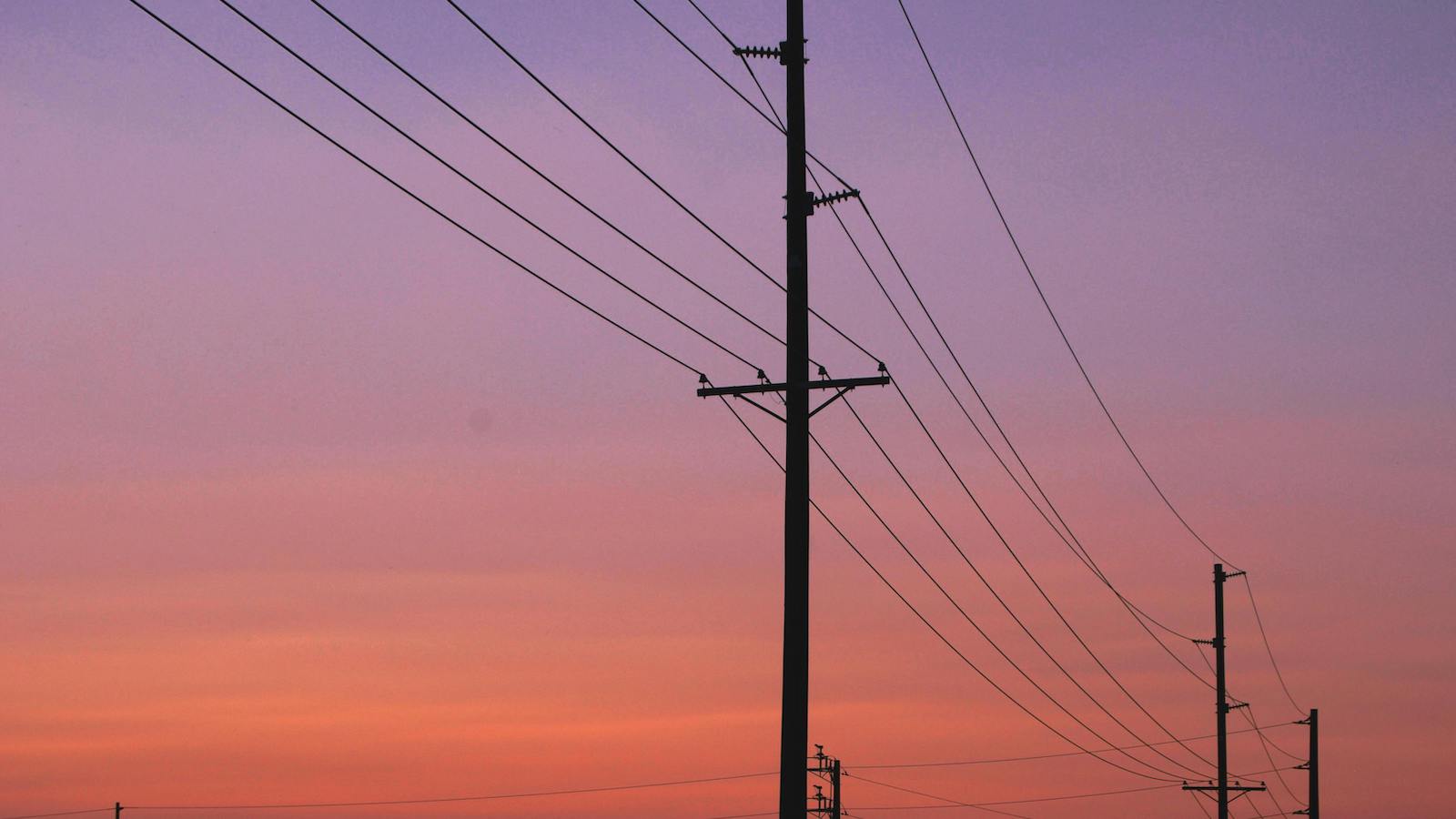Read this, and you'll be on your way to knowing more than 99% of what anyone else in insurance knows about a topic that's attracting a lot of interest. That makes you an expert, in my opinion.
The debate is heating up just now about who should pick up the cost for messy losses -- the kind that are hard to model and frequently excluded or defined rather vaguely in insurance contracts. Right now, of course, all the focus is on who should (and how to) cover the various costs arising from pandemics. Covid-19 today, and whatever hits us next time. The problem is being kicked around between insurers, governments and the capital markets.
One way or the other, we’re all going to end up paying, but life will carry on, and there will be even more need for creative solutions to the world's tricky problems.
So it’s worth looking beyond this current bun fight to consider one innovative funding mechanism that has, in some cases, radically changed the most basic nature of insurance. It's already providing at least one solution for covering pandemic losses and has been applied to many other complex or large events.
Parametric insurance offers financial protection against losses that are often hard, or even impossible, to get insurance for. Parametric structures are attractive to capital providers from outside of insurance (hedge funds, banks, pension funds and dedicated investment vehicles). When designed properly, parametric-based insurance products ensure that claims are paid fast, and without dispute.
In the second part of this article, I'm back to review 10 companies I recommend to watch that have been leading the way in designing or using parametric insurance and structures. But first, a quick primer on how parametrics work to get you in the mood for reviewing the recording of our InsTech London live chat event on BrightTALK from April 30.
Traditional indemnity insurance, the kind we are all familiar with, pays out based on the cost of the loss incurred, as decided by your insurer and its loss adjuster. Parametric insurance pays out when a pre-defined event occurs and breaches a pre-agreed figure or index. Examples of perils covered and typical triggers include hurricane (wind speed), flood (height), earthquake (shake intensity), pandemic (number of infections) or cyber (reported data breach).
The not-so-new new thing
Like a lot of great new ideas, parametric insurance isn’t actually that new. Catastrophe bonds, or insurance-linked securities (ILS), have been around for 25 years. It's worth taking a moment to understand how that market has developed when considering what might come next.
Today, the ILS market provides $100 billion of protection, most commonly used as a replacement for conventional reinsurance or retrocession covers. The majority of that capital now comes from outside of insurance. Most ILS bonds still use traditional indemnity losses to define payout, but parametric triggers have been used for 15% of these bonds. Investors like parametric structures because there is less risk asymmetry between the investor and the issuer (the original insurer). This means that investors know as much about the risk being covered as the original insured does (not the case for indemnity insurance).
See also: Growing Case for Parametric Coverage
Coverage for ILS bonds is usually in the hundreds of millions of dollars, and payment structures have become increasingly sophisticated. At the time of writing. the $500 million pandemic catastrophe bond issued by the WHO is considered to have a high probability of being triggered. (Steve Evan’s Artemis is the best source of information on catastrophe bonds. His (free) deal directory provides fascinating insights into the variety of bonds issued since 1996. Of these, 104 are parametric. Definitely worth a read when you've exhausted the Netflix movie catalog.)
Going back upstream and down in size
Ever since the earliest catastrophe bonds in 1997, there has been interest in making parametric coverage available to large corporations as well as insurers. Oriental Land, the owner of Tokyo Disneyland, took out a $200 million bond for earthquake cover in 1999 that was based on earthquake shake severity. It’s proved tough, though, for brokers to convince risk managers at large corporations to switch from conventional insurance structures to this new type of cover. Few have been willing to bet the company, and their careers, against mostly untested structures with significant costs and an element of basis risk. (Basis risk is the potential for the payout from parametric insurance to be insufficient to cover the true cost of the loss in the way expected).
The first wildfire catastrophe bond, for $200 million, was placed in 2018 and issued by another corporation, Pacific Gas & Electric (PG&E) the California utility company. Wildfire lends itself to parametric cover, but the bond was structured as a traditional indemnity cover. The bond was subsequently triggered and presumably paid out when PG&E picked up $13.5 billion in liability from wildfires in 2018.
The innovator's tool kit
But you don't need a $100 million problem to use parametrics. Parametric insurance is particularly interesting for people or companies looking at ways to introduce innovation into insurance. As you'll see in part two, parametric insurance can actually work very well at a highly localized level, to provide cover for an individual building or field. Parametrics open up opportunities to those that can build, or tap into, a source of reliable data, preferably with years of historical records, that can be used to create indices that correlate with financial losses. These can be particularly valuable if the data source is exclusive.
We're seeing lots of interest in IoT, but to date there have been few public and credible uses cases for insurance applications. Parametrics and IoT are a natural pairing. Providers of distributed ledger technology (DLT), which can be used to power smart contracts, have been sitting on the sidelines for years now, patiently waiting for a problem to apply their solution to. DLT could be a vital part of parametric insurance, although hang on to your investment dollars for now. DLT is not always essential for parametric triggers. Other choices are available.
The established ILS market will continue to grow, but companies have, until recently, not had many opportunities to use parametrics -- unless they had the appetite and chutzpah to issue a cat bond.
That is starting to change. Technology-enabled MGAs and brokers with clients that are struggling to get the insurance they need are starting to turn to parametric insurance. The concept has also been used for a number of years in microinsurance, as I discussed back in 2015.
At InsTech London, we’ve been delighted to bring you many of the founders and leaders of teams running and building parametric products onto our stage, through our interviews and on our podcasts. Now we are also bringing you our favorites through our digital live chats on our BrightTALK channel.
I’ve seen the ILS market evolve over the last 20 years. Not every catastrophe bond has performed as expected when the wind blew or the earth shook (or indeed when the world’s banks hit the buffers in 2008). Parametric insurance is still some way from having complete solutions to many of the hardest problems. The world is full of surprises. Odd stuff happens at the edges of our experience. Some parametric solutions will fail to deliver. But innovation flourishes in adversity, and we are starting to see some very intriguing solutions emerging.
If you are looking to learn more about what has happened in this space, and how the future will evolve, then follow the link to the 10 companies I recommend looking at.
See also: COVID-19: Moral Imperative for the Insurance Industry
If you've found this interesting, then you'll definitely enjoy our live chat discussion on “The Role of Parametric Insurance in Post-COVID world” recorded on April 30 and brought to you and co-hosted with our friends at Qomplx.
Does all this make sense? Do you agree? Who's on your top 10 of parametric companies to watch? Feel free to add comments, share and all the other fun stuff you can do with Linkedin these days.
I co-lead InsTech London, bringing together the most interesting people with intriguing ideas face to face, online or however you prefer. Now up to episode 80 of the weekly InsTech Podcast, CII-certified (the podcast, not me). We're delighted to be supported (i.e. get money from) almost 100 corporate members (with room for more) as well as a community of over 5,000. If you need a bit more in-depth analyses or help, head over to Abernite website to see what I am up to there.








